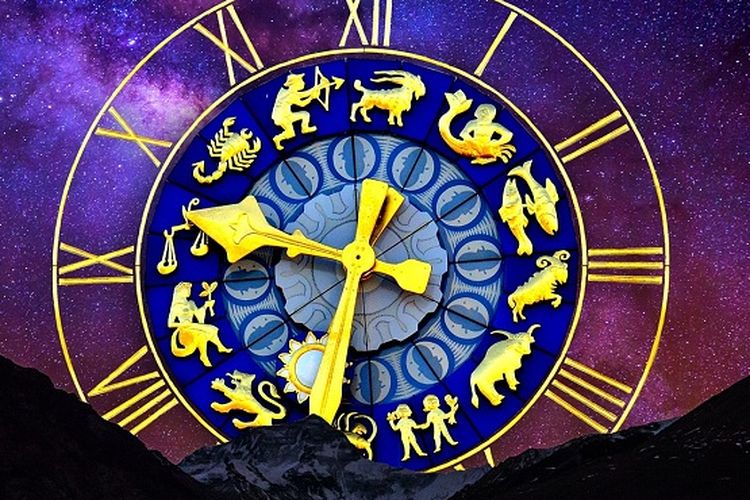Scientists previously thought that the number of huge depressions on the Martian surface was due to asteroids, but the impacts of the collisions weren’t quite as rounded as one might expect from craters. Instead, there were deep layers and rows of rocks near the edges, suggesting subsidence.
The region north of the Red Planet called Arabia Terra was the source of some of the most violent volcanic eruptions ever discovered. These eruptions, which took place about 4 billion years ago, released water vapor, carbon dioxide and sulfur dioxide into the air over a period of 500 million years.
Researchers found evidence of ash that was easier to discover than volcanoes, and found numerous minerals associated with changing volcanic activity.
This discovery will allow scientists to understand how planets and moons formed, as similar processes are likely to have occurred in parts of Venus, on Jupiter’s moon Io, and in Earth’s own past.
Due to Martian winds, scientists searched for ash on the walls of canyons and craters thousands of kilometers from where they thought volcanoes actually existed, and discovered volcanic minerals such as montmorillonite, imogolite and allophane that combined with water to turn into clay.
Source: The Independent
–


